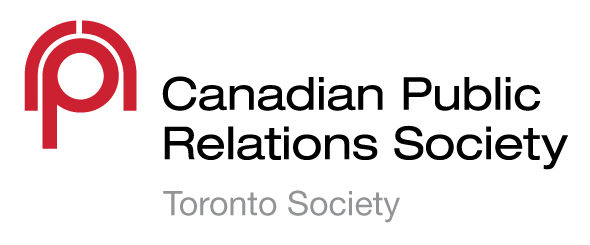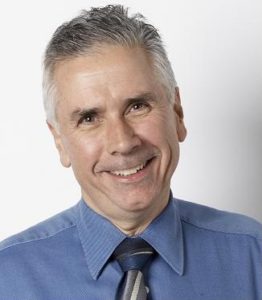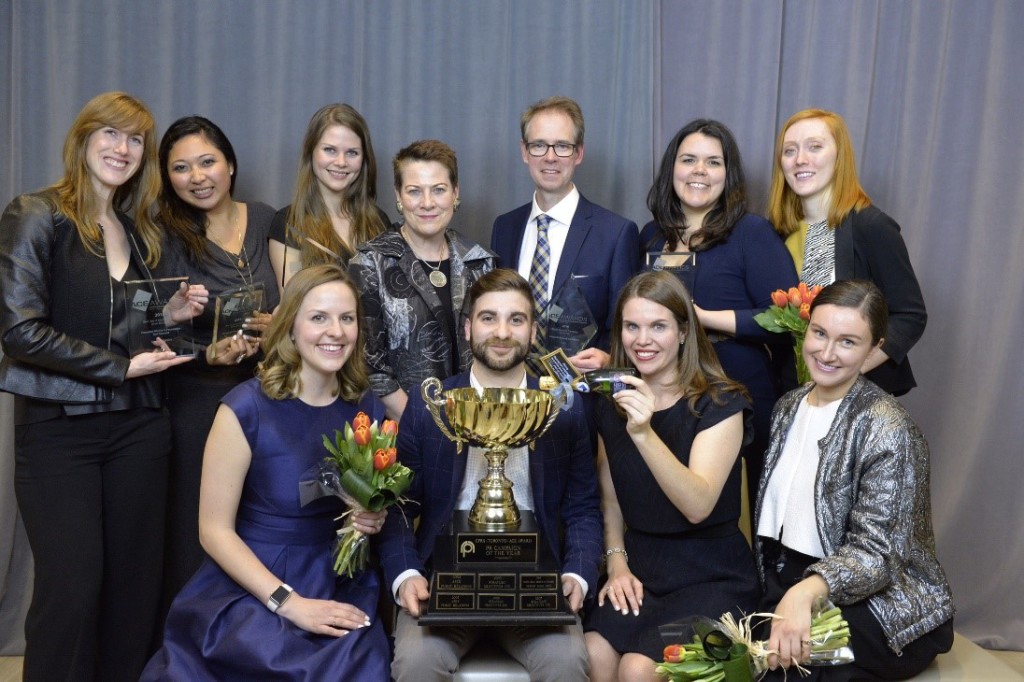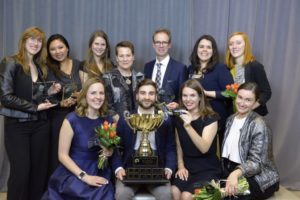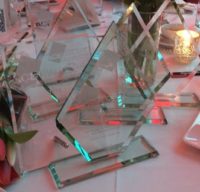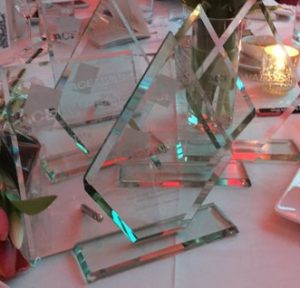February 24th is fast approaching which means the submission period for this year’s ACE Awards is coming to a close. As a result, Vincent Power has given some insight regarding candidates’ submissions and his approach to judging the ACE Awards. Vincent is currently the Vice-President, Investor Relations and Corporate Communications at Sears Canada. He is an APR recipient and this will be his third year as the co-chair on the judging committee for the ACE Awards. For those of you who have not submitted your campaigns, no need to fret, follow the advice below and you may be an ACE Award recipient.
The ACE Awards are a great way for PR professionals to be awarded for the campaigns they have worked so diligently to create. As a judge, Vincent is most looking forward to “learning about great campaigns, how they were planned, executed and implemented. It’s so much fun to see what different applicants experience in their efforts to bring a campaign to full fruition.”
For Vincent, The RACE (research, analysis, communication and evaluation) formula should tell the campaign’s story in a way that highlights all-important factors of the campaign. “Try to evenly spread your story among the four components of RACE, or at least be substantial with each component.” Moreover, since contenders are focused on the four components of the RACE formula it warrants that every submission will be judged on an objective and fair playing field.
Due to the high number of submissions, one of the most challenging aspects of judging is to ensure that all campaigns are given an equal amount of time for review. Therefore, Vincent emphasized the importance for submissions to have a clear and concise executive summary. This will ensure the judges will have a quick and proper grasp of the campaign at hand. “The supporting material is often useful in helping to have a better understanding of the tools described in the executive summary, but the executive summary should be able to stand on its own.”
A great campaign is not only determined by meeting objectives but the way the campaign’s story is being told and analysed. According to Vincent, the analysis and research elements of campaigns are most often overlooked in submissions. He suggests, in order to stand out the most important factor of a submission is to touch on every aspect of the RACE formula. Though structure is very important within a campaign, creativity is an added quality that will ensure your submission stands out, “a winning campaign may not have achieved all its goals, however a sound execution plan that is innovative and creative can still achieve a finalist rating.”
The ACE Awards is a great way to acknowledge the best PR campaigns Toronto has to offer. “What we do recognize is how much hard work goes into successful campaigns, how much public and media reaction plays a role in promoting a brand or program or initiative, and we appreciate the incredible effort that it takes to produce just one submission,” said Vincent, “Good luck to all candidates for 2017!”
Written by Lynn Scherloski, University of Toronto graduate and public relations certificate recipient from the University of Toronto School of Continuing Studies.
